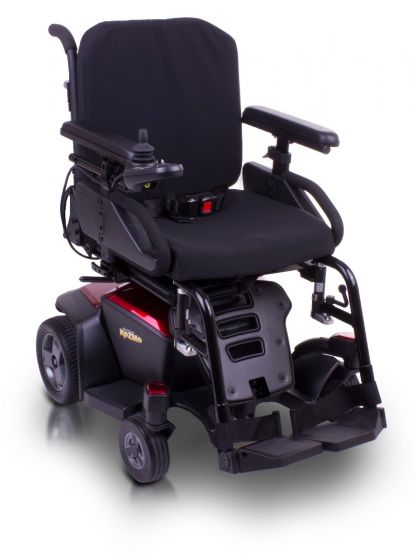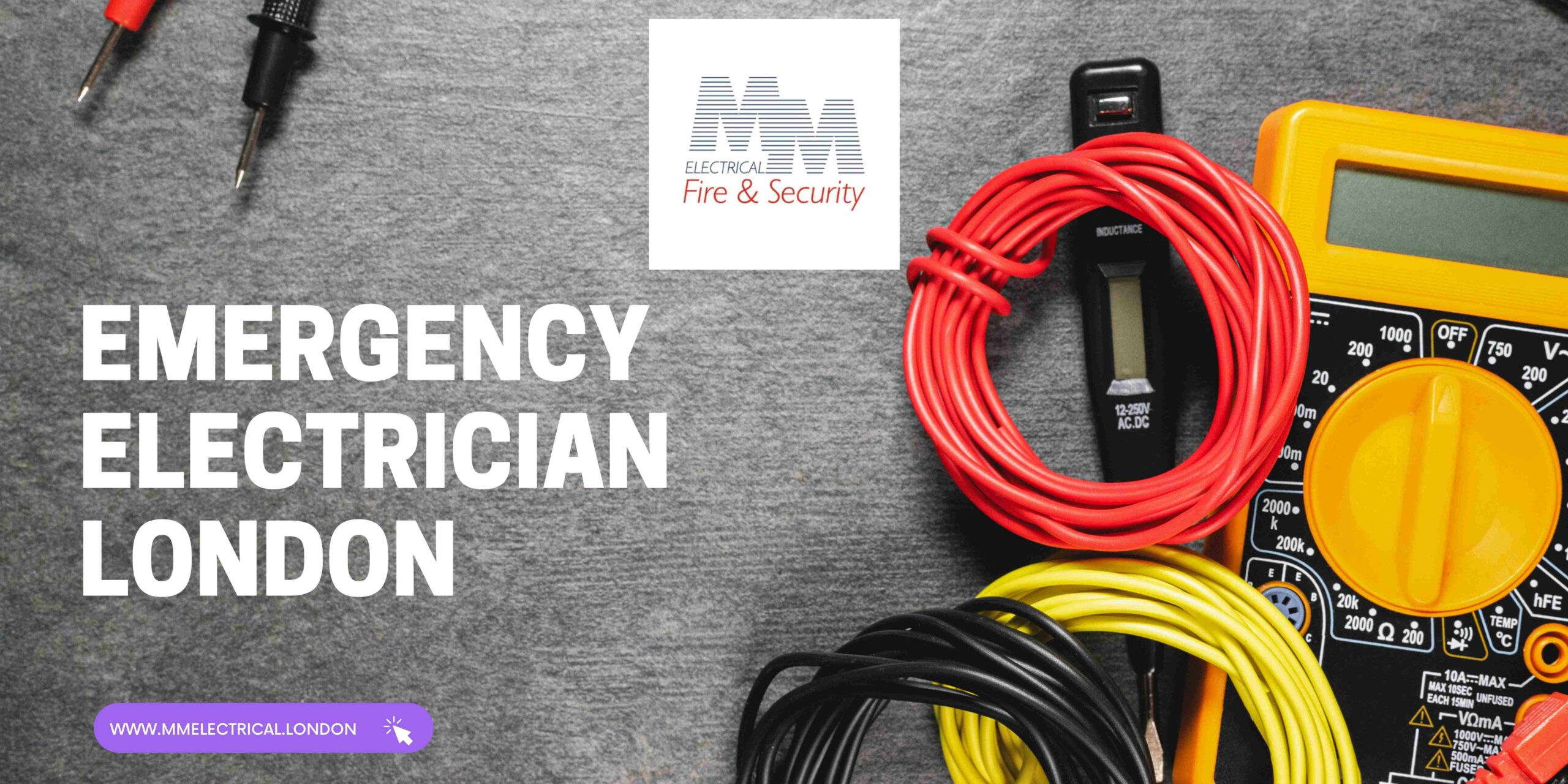Introduction
Mobility aids, such as wheelchairs, walkers, and scooters, have revolutionized the lives of individuals with mobility challenges. Despite the clear benefits these devices provide, there remains a persistent stigma associated with their use. This stigma can create barriers to acceptance and hinder individuals from fully embracing the independence and improved quality of life that mobility aids offer. Understanding the origins of this stigma and learning how to overcome it is crucial for fostering a more inclusive society.
The Origins of Stigma
The stigma surrounding mobility aids often stems from societal misconceptions and stereotypes. Many people associate the use of mobility aids with old age, frailty, or disability, which can lead to feelings of pity or discomfort. Additionally, media portrayals frequently reinforce negative stereotypes, depicting mobility aid users as dependent or less capable. These misconceptions can contribute to a sense of shame or reluctance to use these devices, even when they are needed. Explore how Travel Scooters can help you embrace independence and overcome the stigma of mobility aids.
Breaking Down Misconceptions
One of the most effective ways to overcome stigma is through education and awareness. By challenging outdated stereotypes and highlighting the diverse experiences of mobility aid users, we can shift societal perceptions. Mobility aids should be seen not as symbols of limitation but as tools that empower individuals to live more active, independent lives. Sharing stories of people who thrive with mobility aids can help normalize their use and celebrate the freedom they provide.
The Importance of Self-Advocacy
For individuals using mobility aids, self-advocacy is a powerful tool in overcoming stigma. Embracing one’s mobility device and confidently advocating for its necessity can help break down barriers. This includes openly discussing the benefits of the aid, correcting misconceptions when they arise, and participating in advocacy groups that support mobility aid users. By taking pride in their mobility devices, individuals can inspire others to do the same.
Supportive Communities and Resources
Building and participating in supportive communities can significantly alleviate the stigma associated with mobility aids. Support groups, both in-person and online, offer a space for individuals to share experiences, exchange advice, and find encouragement. Additionally, resources such as educational workshops and public awareness campaigns can foster a greater understanding of mobility aids and their impact on users’ lives.
Design and Innovation in Mobility Aids
The design and innovation of mobility aids have come a long way, contributing to their acceptance and normalization. Modern mobility aids are often sleek, stylish, and customizable, allowing users to express their personalities and preferences. This shift towards more user-friendly and aesthetically pleasing designs can help reduce the stigma by making mobility aids a more accepted part of everyday life.
Conclusion
Embracing mobility aids is essential for individuals seeking greater independence and an improved quality of life. Overcoming the stigma associated with these devices requires a collective effort to challenge misconceptions, promote education, and support self-advocacy. By celebrating the advancements in mobility aid design and fostering inclusive communities, we can create a society where mobility aids are viewed not as symbols of limitation but as instruments of empowerment. This shift in perspective will enable more individuals to embrace their mobility aids and the freedom they provide.
FAQs
· What are common misconceptions about mobility aids?
Common misconceptions about mobility aids include the belief that they are only for the elderly, that they indicate a person is frail or incapable, or that they limit independence. In reality, mobility aids can significantly enhance a person’s independence and quality of life, allowing them to engage more fully in daily activities.
· How can I overcome the stigma of using a mobility aid?
Overcoming the stigma of using a mobility aid involves self-advocacy, education, and support. Embrace the benefits your mobility aid provides, educate others about its advantages, and seek out supportive communities where you can share experiences and find encouragement.
· Are there any resources or communities that support mobility aid users?
Yes, there are many resources and communities available to support mobility aid users. These include online forums, local support groups, advocacy organizations, and educational workshops. These resources provide a platform for sharing experiences, exchanging advice, and finding encouragement.
· How has the design of mobility aids evolved to reduce stigma?
The design of mobility aids has evolved significantly, becoming more sleek, stylish, and customizable. Modern mobility aids often look less clinical and more like fashionable accessories, which helps reduce stigma and makes them a more accepted part of everyday life.
· What role does self-advocacy play in embracing a mobility aid?
Self-advocacy plays a crucial role in embracing a mobility aid. By confidently discussing the benefits of your mobility device, correcting misconceptions, and advocating for your needs, you can help break down societal barriers and inspire others to view mobility aids in a positive light.





